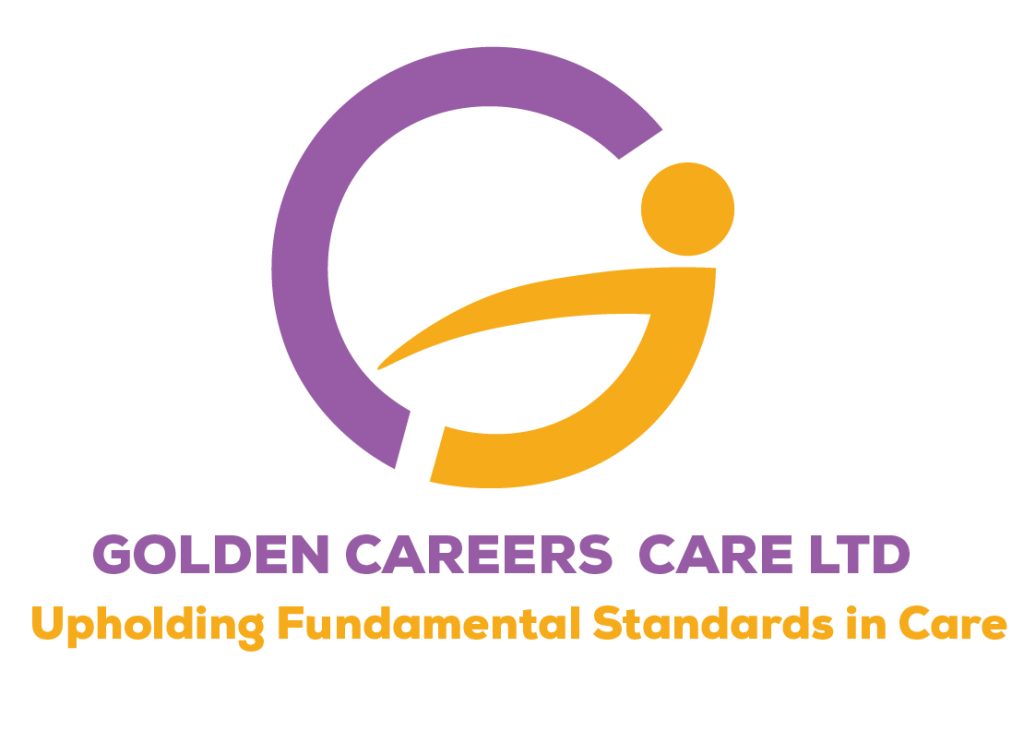Introduction of Treatment of Disease Disorder and Injury-CQC Registration: Your ultimate cheat sheet + real success stories!
Are you a domiciliary care provider ready to expand your services into Treatment of Disease, Disorder and Injury (TDDI)? If so, you’re in the right place. The treatment of Disease Disorder and Injury-CQC Registration: your ultimate cheat sheet + real success stories! is well explained .At Care Quality Support, we know how daunting CQC registration can feel, especially when it comes to clinical elements like wound care, palliative support and home based IV therapies. But here’s the good news, with the right training, policies and a crystal clear Statement of Purpose (SOP), you can not only get approved but also deliver life-changing care that keeps people safely in their homes.
In this blog post, we’ll break it all down into bite sized, actionable steps. Whether you’re a registered manager plotting your next move, a clinical lead sharpening your team’s skills or a frontline care worker gearing up for delegated tasks, this guide is your roadmap to CQC success. And to inspire you? We’ve pulled real, anonymised case studies straight from CQC inspection reports, proof that TDDI isn’t just compliant, it’s transformative.
Let’s dive in and make home the ultimate healing space.
Why TDDI Matters in Domiciliary Care (And Why Now?)
TDDI allows your service to go beyond personal care into regulated clinical treatments, like managing chronic conditions, administering meds, or supporting recovery from injuries, all delivered in the comfort of someone’s home. According to CQC’s fundamental standards (Regulations 9-24 of the Health and Social Care Act 2008), this isn’t optional fluff, it’s about safe, effective, person-centred care that reduces hospital admissions and boosts independence.
With NHS waiting lists still climbing (over 7.6 million in mid-2025, per latest stats), demand for home-based TDDI is skyrocketing. But registration? It requires precision. Miss a training gap or vague SOP, and you’re back to square one. Fear not, we’ve got you covered with practical tools to streamline the process.
Level Up Your Team: Essential Training for TDDI Roles
Your staff are your secret weapon. CQC demands evidence of competence (Regulation 18: Staffing), so build a robust training matrix with certificates, refreshers every 1-2 years and hands-on assessments. Here’s the must-haves, tailored for domiciliary settings:
| Role | Key Training Essentials |
|---|---|
| Registered Manager | Level 5 Leadership Diploma (or equivalent), Safeguarding Adults/Children, Medicines Management, Risk Assessments, Complaints Handling, Staff Supervision. Pro tip: Prove 2+ years’ experience in regulated care. |
| Clinical Lead (e.g., Nurse or Physio) | NMC/HCPC Registration, Advanced Wound Care, IV Administration, Task Delegation (RCN guidelines), Level 3+ Infection Prevention, Mental Capacity Act/Dol.S. Focus: Multidisciplinary liaison for seamless home delivery. |
| Care Workers | Care Certificate (induction must), Basic Life Support/First Aid, Medicines (including non-oral/topical), TDDI specifics like Catheter/PEG Management, Palliative Care Basics, Lone Working Safety. Key: Competence verification for any delegated clinical tasks—no assumptions! |
Remember: For TDDI, delegation is king. Clinical leads must train and sign off care workers on tasks like wound dressings or obs monitoring. Use e-learning platforms like Skills for Care for affordable, trackable modules.
Policies and Procedures: Your CQC Compliance Toolkit
Policies aren’t just paperwork, they’re your proof of good governance (Regulation 12). For TDDI, emphasize home-based risks like infection control during lone visits. Keep them concise (2-4 pages each), visually appealing (bullet points, flowcharts) and reviewed annually. Submit samples with your application!
Here’s our golden checklist, grouped by category:
Quality Management Essentials
- Personalised Care Planning & Risk Assessments – Tailor to TDDI needs, e.g., fall risks post-injury.
- Medicines Management – Cover storage, administration (incl. controlled drugs), and homely remedies.
- Infection Prevention & Control – PPE protocols, outbreak response for home settings.
- Emergency Escalation & Record-Keeping – Digital logs for real-time clinical updates.
Good Governance Must-Haves
- Business Continuity Planning – What if a clinical lead is off? Have backups!
- Staff Recruitment, Induction & Vetting – DBS checks, plus TDDI-specific onboarding.
- Supervision, Appraisals & Training Matrix – Spot-checks for domiciliary visits.
- Data Protection (GDPR) & Confidentiality – Vital for sensitive health records.
Safeguarding Priorities
- Safeguarding Adults/Children – Multi-agency reporting flows.
- Mental Capacity Act & DoLS – Consent processes for treatments.
- Equality, Diversity & Human Rights – Inclusive TDDI for all.
Hot tip: Integrate TDDI specifics, like protocols for delegating IV flushes or palliative syringe drivers. Tools like Policybee or our templates can save you weeks.
Crafting a Standout Statement of Purpose (SOP)
Your SOP is your service’s “elevator pitch” (Regulation 12(1)(a))—it must spell out what you do, who for, where, and how. For TDDI, highlight clinical activities without overpromising (e.g., no surgeries unless specified). Keep it 1-2 pages, jargon-free, and aligned with your aims.
Core elements to weave in:
- Service User Focus: Adults/children with chronic illnesses, injuries, or end-of-life needs.
- Locations: Primarily in service users’ homes, with any clinic tie-ins.
- TDDI Activities:
- Wound care and advanced dressings.
- Catheter, PEG, or stoma management.
- Palliative and end-of-life symptom control.
- Vaccinations, injections, and home IV therapies.
- Vital observations (e.g., blood pressure, glucose levels).
- Rehabilitation support, like post-injury physio aids.
- Exclusions & Safeguards: E.g., “No acute surgical interventions; all care promotes dignity and independence.”
Steal-this Sample Snippet:
“At [Your Service], we deliver nurse-led TDDI to empower adults with long-term conditions like diabetes or COPD in their own homes. From crisis wound management to compassionate palliative care, our goal is fuller lives with fewer hospital trips.”
Upload your SOP via the CQC portal during registration, clarity here speeds up approvals.
Real-World Wins: TDDI Case Studies from CQC Inspections
Theory’s great, but results speak louder. Here are three anonymised triumphs from recent CQC reports, showing TDDI in action:
Case Study 1: Accelerating Reablement and Wound Recovery
Provider: A North West real element service (CQC Outstanding, 2023 inspection).
The Challenge: Elderly clients post-hospital discharge battling mobility loss and chronic wounds, risking prolonged bed rest.
The TDDI Solution: Integrated nurse oversight with care workers trained in Doppler assessments, compression bandaging, and daily real element exercises, all at home for 6 weeks.
The Impact: Clients walked unaided sooner, slashing readmission rates. One said, “They turned my living room into a recovery gym, no more clinic queues.”
CQC Verdict: “Outstanding effectiveness in TDDI—home wound care innovation eases NHS pressures.”
Case Study 2: Dignified End-of-Life Care
Provider: A London mental health-linked domiciliary service (Upgraded to Outstanding, November 2025).
The Challenge: Dementia patients in terminal stages facing uncontrolled symptoms, desperate to avoid hospital.
The TDDI Solution: Clinical leads delegated anticipatory prescribing and syringe driver management to supervised care teams, blending medical relief with emotional family support.
The Impact: 100% home-based peaceful passings, with relatives praising “heartfelt care that let Mum stay with her memories.”
CQC Verdict: “Exemplary person-centred palliative TDDI—transformed end-of-life experiences.”
Case Study 3: Seamless Post-Cancer IV Support
Provider: A specialist complex care agency (Good overall, Outstanding in Safe/Effective, 2024).
The Challenge: Oncology patients home post-chemo, vulnerable to infections needing urgent IV antibiotics.
The TDDI Solution: Dedicated domiciliary nurses managed PICC lines and monitoring, with care workers handling hygiene and obs under strict delegation protocols.
The Impact: Complication-free recoveries; families shared, “Quick home visits meant no scary A&E dashes.”
CQC Verdict: “Robust TDDI for complex IVs, elevated safety standards.”
These stories? Straight from public CQC reports, real proof that TDDI compliance drives ratings and outcomes.
Ready to Register Treatment of Disease Disorder and Injury? Let’s Make It Happen
TDDI isn’t just a tick-box, it’s your pathway to deeper impact, higher ratings, and a thriving business. With solid training, airtight policies and a compelling SOP, you’re set for CQC gold.
At Care Quality Support, we’ve guided dozens of providers through this exact journey. Need bespoke templates, mock inspections, or SOP reviews?
What’s your next step? Drop a comment below: Are you tackling training first or polishing policies?
Let’s chat in the comments!
Care Quality Support, Your partners in outstanding care.
Follow us for more tips or subscribe to our YouTube Channel for exclusive CQC updates.
By: Godfrey Mushandu /LinkedIn


















